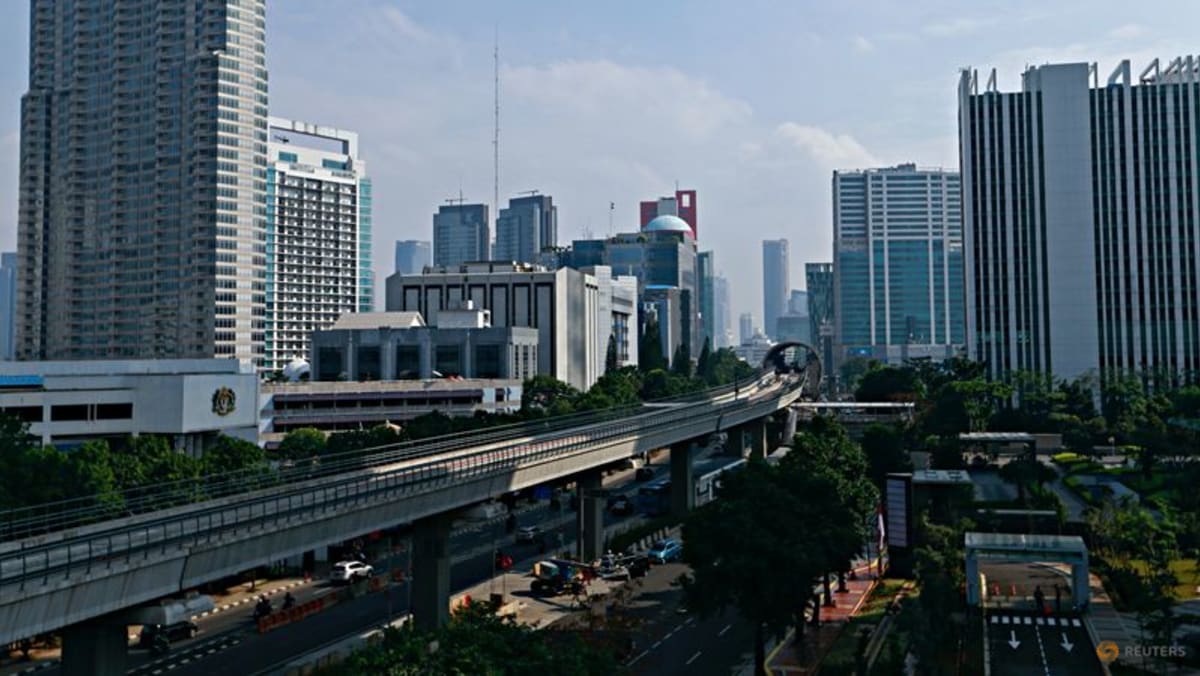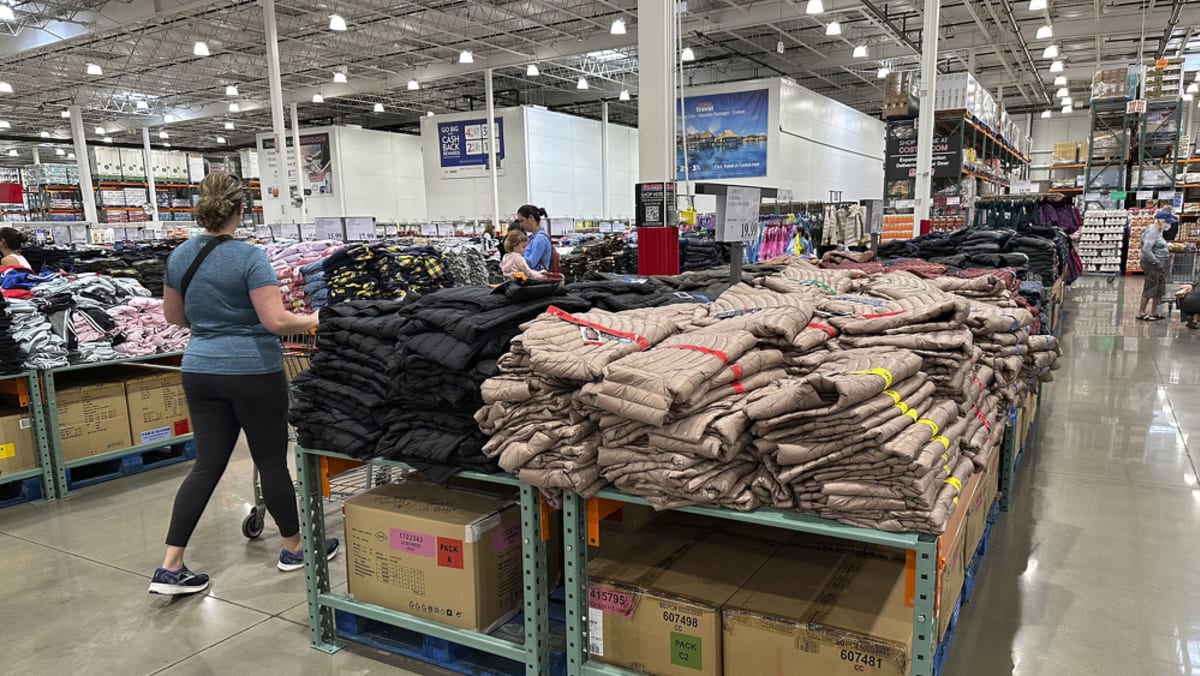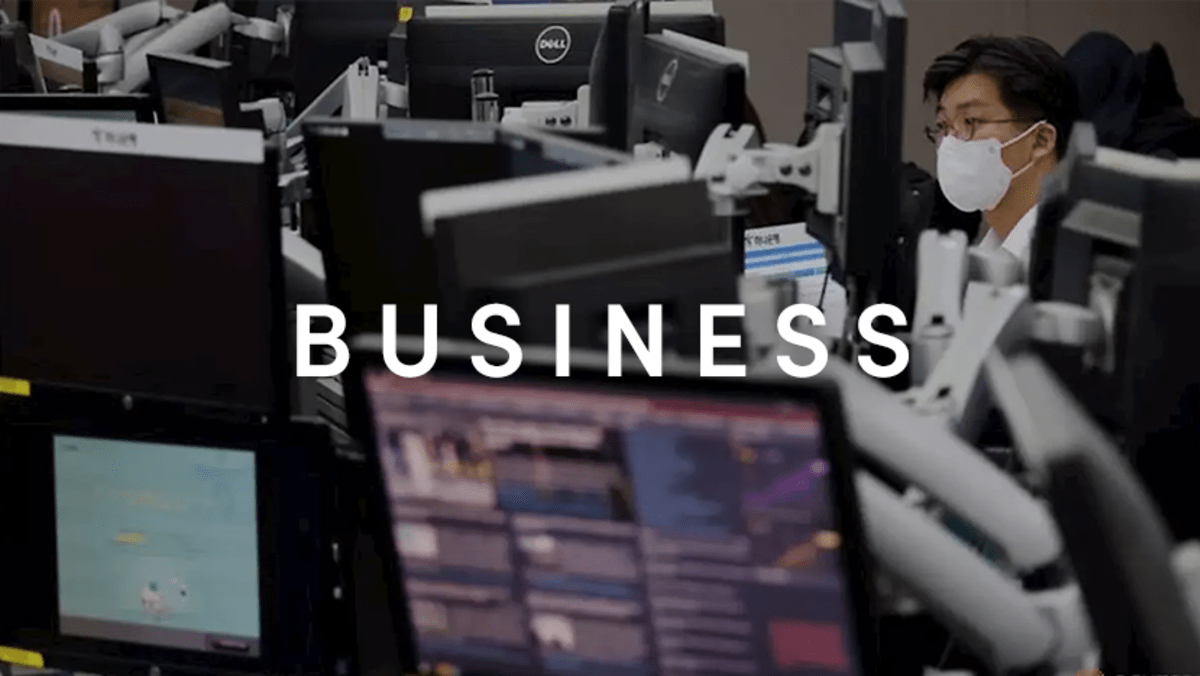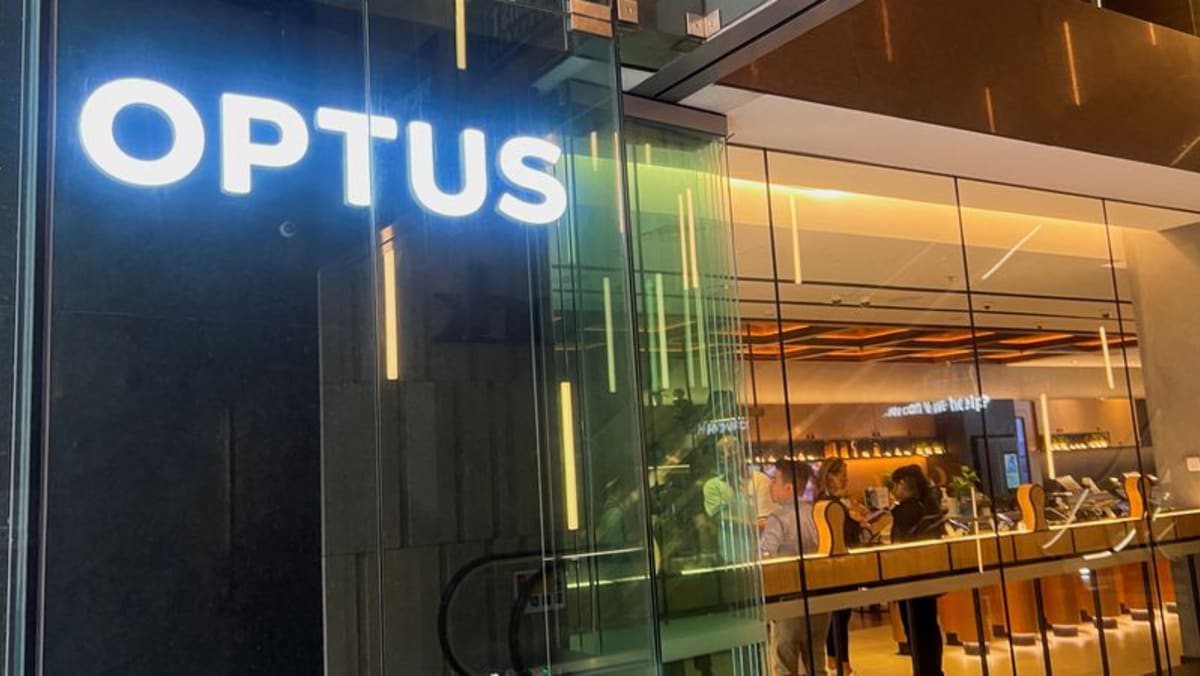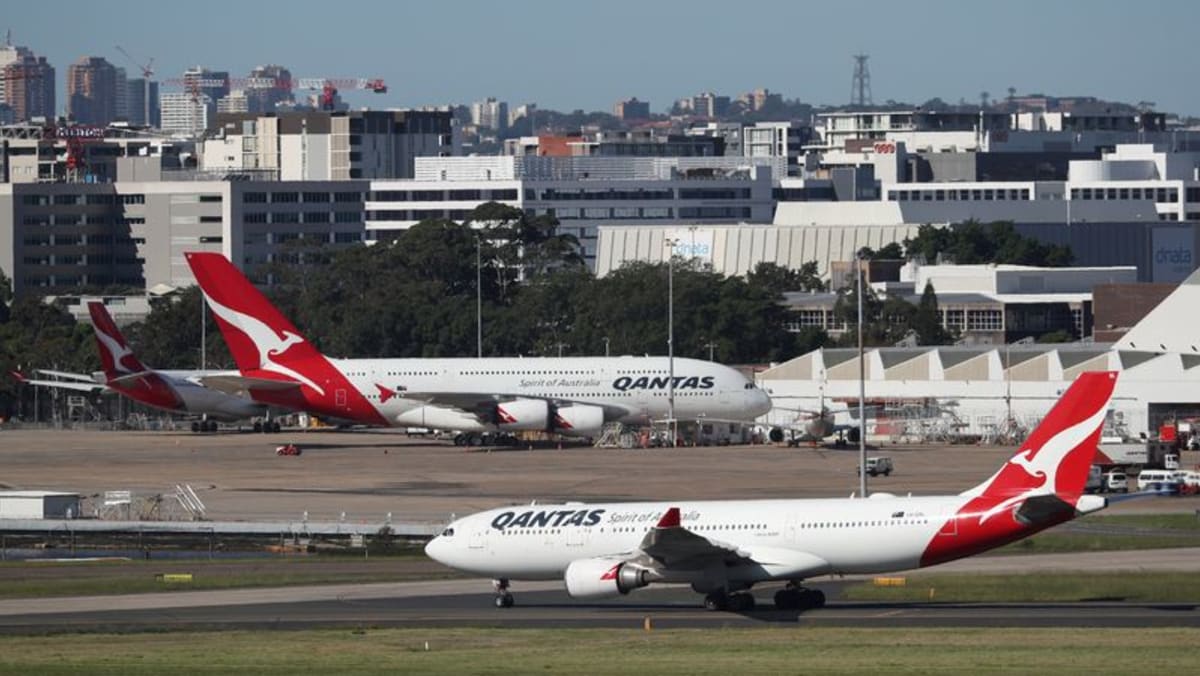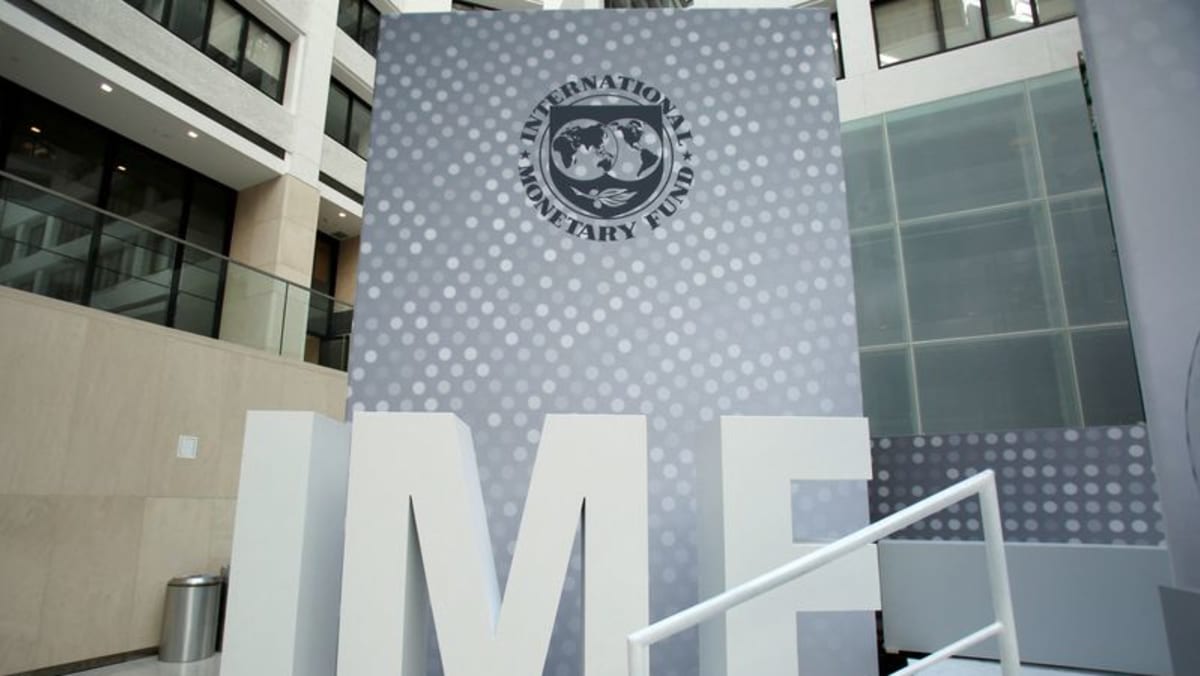BROKEN ECONOMICS OF ONLINE RETAIL
But the “soft launch” of the scheme is indicative of a broader reluctance to address the broken economics of online retailing, says Christian Piller, co-founder of the logistics platform Pollen Returns.
He sees a cultural malaise – US consumers “have been trained, partly because of Amazon … (to) just buy whatever we want”, knowing it can be sent back – and cites far lower return rates in countries such as Japan, which has 3 per cent returns against 30 per cent in the US.
The rush to ease so-called “return anxiety” has led to a revolution in the way consumers see clothes. So-called “bracketing” – ordering a size up and a size down before sending the ill-fitting items back – and “wardrobing”, where an item is returned after brief use, have become commonplace.
The annual retail value of returned goods in the US is said to be approaching US$1 trillion. Attempts to address this – by charging for returns or forcing customers to bring back products to a physical store – risk alienating shoppers.
E-commerce consultants talk up potential solutions such as virtual fitting rooms, in which consumers can supposedly try before they buy, and Google has deployed artificial intelligence to help fine-tune this process. My experiments with such technology, however, have not found the results realistic.
In the interim, returnless refunds have become an ever more tempting alternative for American companies. Last September, a goTRG survey of more than 500 US-based retailers found that almost 60 per cent were using “keep it” refunds to reduce waste and costs.
My own experience of the scheme ultimately exemplified its absurdity. As I went to donate the chinos to my local Salvation Army branch, I passed an enormous, half-empty Target. I would have been happy to drop them off there.


